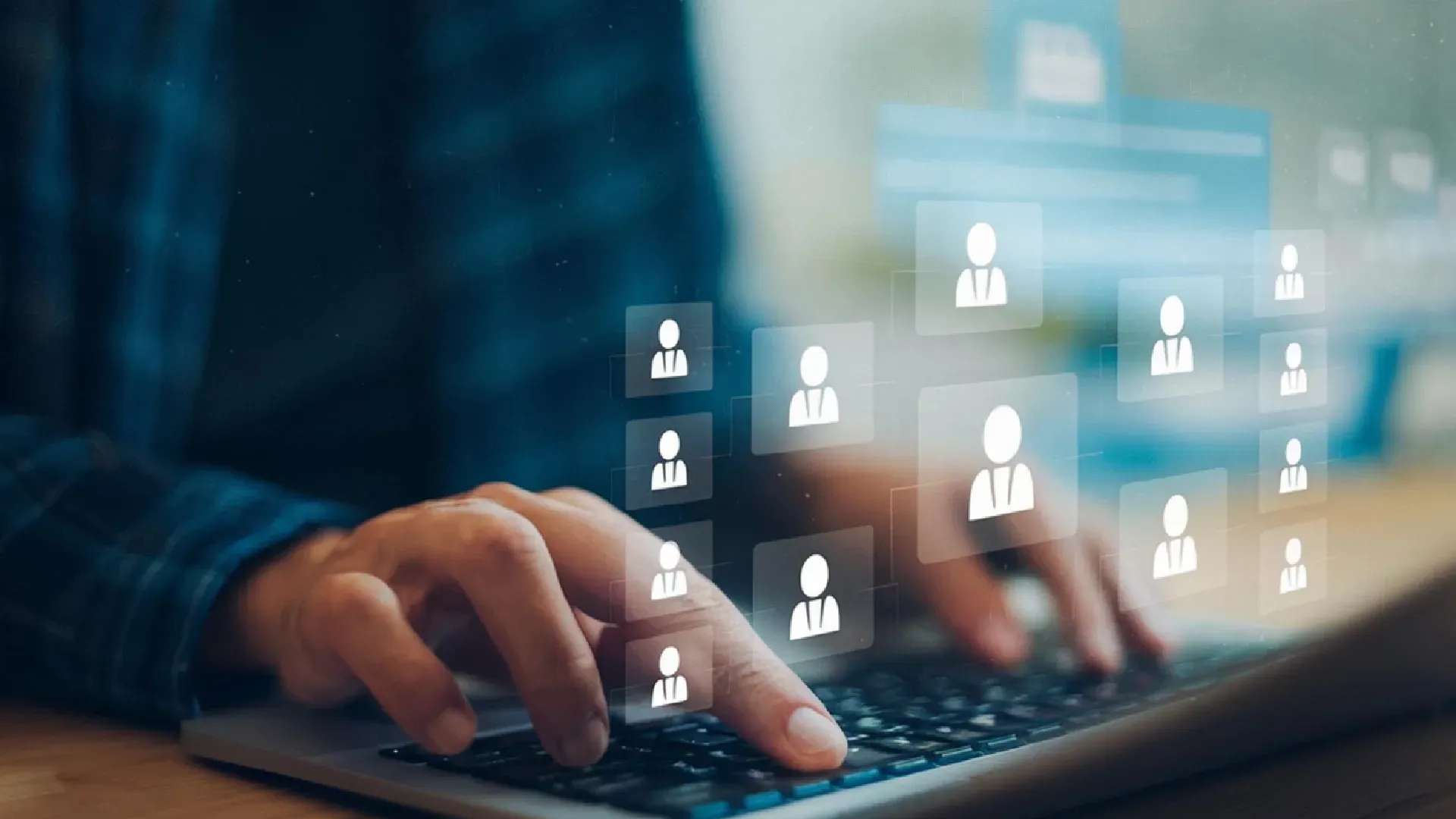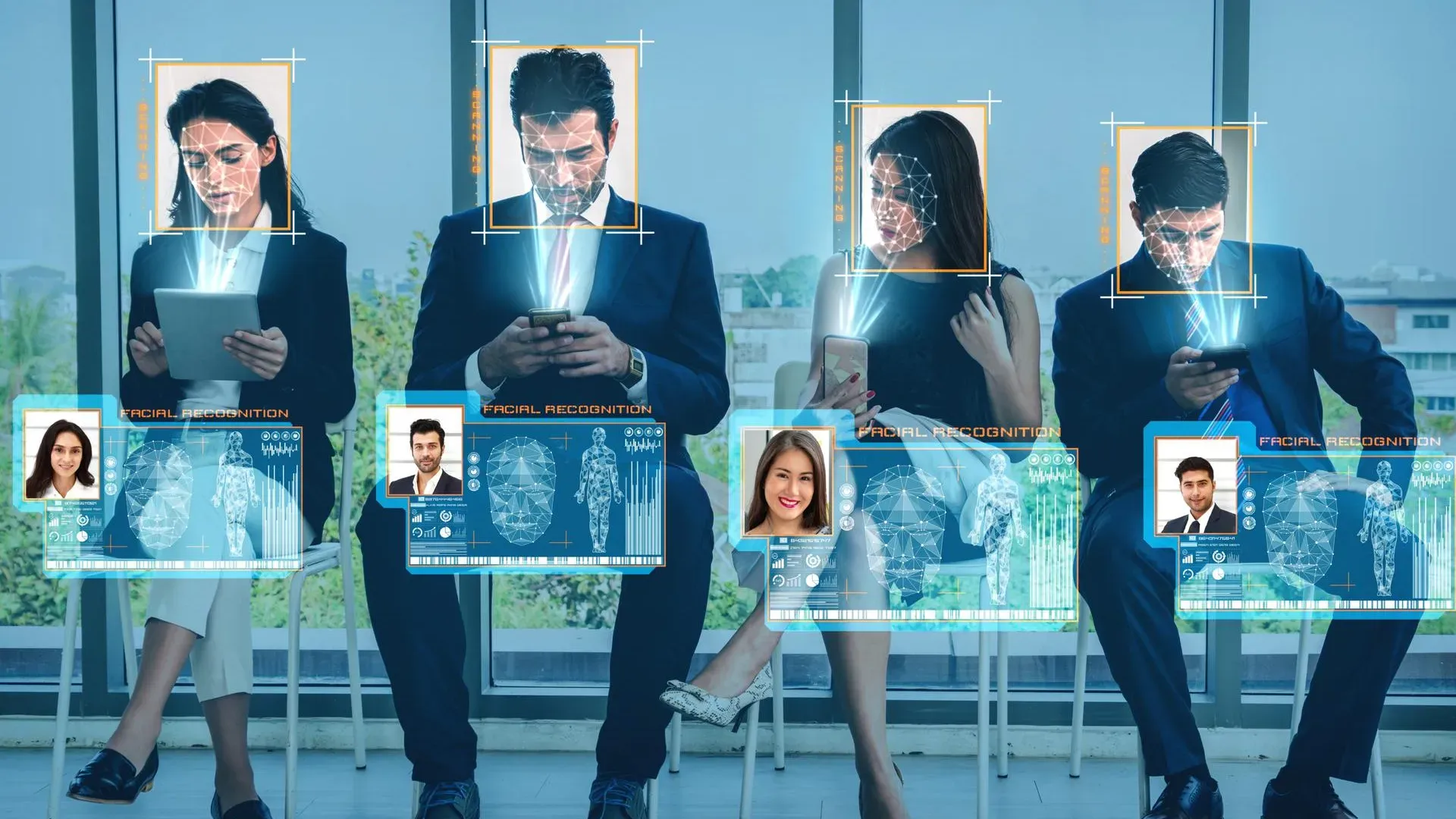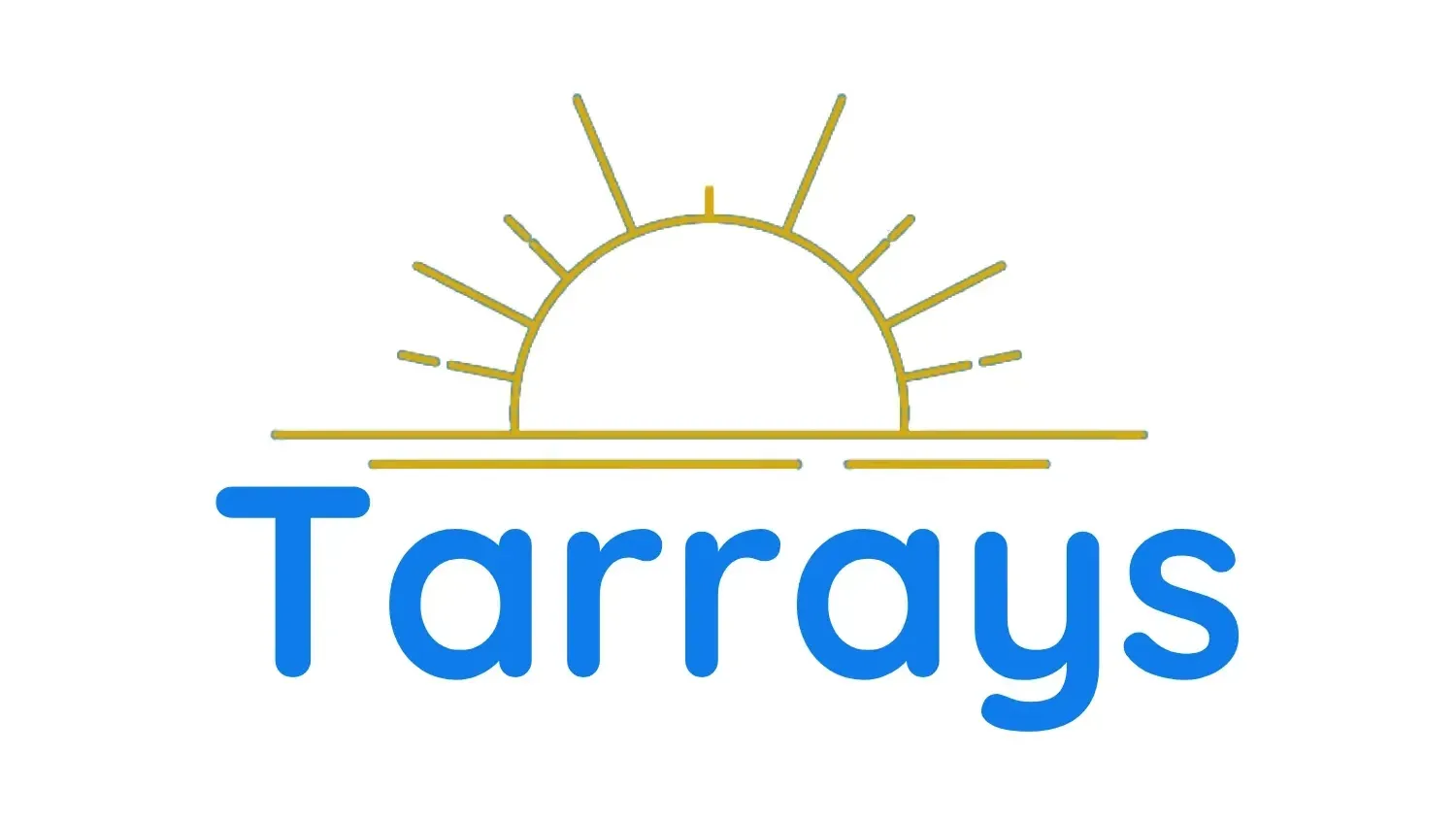The Role of Technology in Bridging Healthcare Staffing Gaps in Regional NSW
The Role of Technology in Bridging Healthcare Staffing Gaps in Regional NSW
In today's evolving healthcare landscape, the integration of technology has become paramount, especially in addressing the critical issue of staffing shortages. This challenge is notably pronounced in regional New South Wales (NSW), where geographic isolation and limited resources compound the difficulty of attracting and retaining healthcare professionals. Through our exploration, we'll delve into how healthcare staffing technology and innovative management strategies can bridge this gap, ensuring that communities have consistent, quality access to healthcare services. It's a venture into how the digital age is redefining the traditional norms of healthcare delivery and workforce management, offering sustainable solutions to longstanding problems.
Moreover, we will outline the expanding role of technology in healthcare, with a specific focus on remote workforce management and healthcare workforce optimisation. These segments will drive into how digital tools and platforms not only aid in staff scheduling and distribution but also enhance the overall quality of care by facilitating continuous education, real-time health monitoring, and more efficient patient management. Delving further, we'll examine the impact of these technological interventions on the healthcare sector in regional NSW, highlighting success stories and the lessons learned. By providing a roadmap for the future, we aim to illustrate how ongoing innovation and adaptation of technology can continuously improve healthcare delivery, making the most of a limited workforce while setting a precedent for regions facing similar challenges globally.
Technology’s Expanding Role in Healthcare
The Emergence of Telehealth Services
Telehealth has revolutionised the way healthcare is delivered, particularly in remote and underserved regions. It encompasses a broad spectrum of technologies and applications, enabling the transmission of medical information such as radiographs and clinical findings over vast distances. This transformation is driven by the declining costs of hardware and telecommunications, which have significantly increased the level of interest and activity in telemedicine.
AI and Machine Learning Applications in Medical Training and Diagnostics
Artificial Intelligence (AI) and machine learning are at the forefront of healthcare innovation, enhancing diagnostic accuracy and patient care. These technologies are being integrated into various healthcare systems for tasks such as disease diagnosis and drug discovery. AI applications are not just automating existing processes but are providing new tools for medical training and diagnostics, enabling real-time, data-driven decision-making and improving the efficiency of medical professionals.
The Impact of Improved Telecommunications Infrastructure
The advancement of telecommunications infrastructure has been pivotal in supporting the growth of telemedicine and remote patient monitoring. With the advent of 5G networks, healthcare providers can now offer high-quality video consultations and seamless real-time data transmission. This technological leap enhances the capability of telemedicine to provide immediate care and facilitates a more proactive approach in managing patient health, thereby improving overall healthcare delivery.
Bridging the Staffing Gap in Regional NSW
Challenges faced by healthcare services in regional and remote areas
In regional NSW, the distribution of healthcare services is not uniform, leading to significant disparities in access to care. The challenges are multifaceted, involving geographic spread, low population density, and limited infrastructure, which together contribute to higher costs and reduced availability of services. This situation is exacerbated by a critical shortage of specialists and a reliance on a transient workforce, which includes international graduates and FIFO (Fly-In, Fly-Out) workers.
The role of technology in enhancing medical education and training
To address these issues, the integration of technology in medical education and training is crucial. NSW Health is prioritising the development of capabilities that allow the workforce to harness new technologies effectively. This includes the establishment of task forces to guide the use of Artificial Intelligence and the development of frameworks for assessing and implementing new technologies. Additionally, online platforms are increasingly recognised for their potential to overcome the challenges of rural health professional practice by providing accessible, continuous professional development.
Case study: AI-powered sonography training at Nepean Hospital
A prime example of technological innovation in medical training is the AI-assisted echocardiogram training program at Nepean Hospital. This program has been pivotal in empowering clinicians in remote areas like Walgett, where the technology allows for complex procedures to be performed locally, thus reducing the need for patients to travel long distances for care. The training provided by Nepean’s world-renowned clinical education program is instrumental in bridging the healthcare staffing gap by equipping local practitioners with the skills to handle advanced medical tasks.
Improving Quality of Care Through Innovation
Virtual Rural Generalist Service (VRGS) and its Impact
The Virtual Rural Generalist Service (VRGS) has significantly transformed healthcare delivery in Southern NSW Local Health District. By providing 24-hour virtual medical support, specialty-level advice, and critical care expertise, VRGS ensures that communities such as Bombala, Braidwood, and Crookwell have continuous access to quality healthcare. This service is crucial in areas where local healthcare providers are scarce, offering both virtual and in-person medical coverage, thereby enhancing the reach and effectiveness of rural healthcare services.
Enhanced Patient Care with Remote Medical Support and Specialty-Level Advice
VRGS not only extends healthcare reach but also ensures that patients in rural emergency departments and hospitals receive timely medical attention. This system reduces the need for patients to travel long distances for care, as they can receive specialist consultations virtually. This approach not only saves time but also significantly reduces the stress and costs associated with travel, leading to improved patient outcomes and satisfaction.
Addressing Healthcare Professional Burnout and Improving Work-Life Balance
The integration of VRGS also plays a pivotal role in addressing healthcare professional burnout. By providing comprehensive support and reducing the frequency of on-call duties for local doctors, VRGS contributes to a healthier work-life balance for healthcare workers. This support system allows local practitioners to focus more effectively on patient care without the added pressure of excessive workloads. Furthermore, the service empowers nursing staff by ensuring they have the backing of VRGS doctors, who are familiar with the district's procedures, thus fostering a supportive and efficient work environment.
The Future of Healthcare in Regional NSW
Government and Industry Initiatives Aimed at Attracting and Retaining Healthcare Workers
The NSW Government is actively implementing major staffing reforms to enhance the number of frontline healthcare workers. This initiative includes rolling out safe staffing levels in NSW public hospitals, with Liverpool and Royal North Shore Hospitals leading the way. These hospitals have begun recruiting additional nurses, aiming for a one-to-one nursing care ratio in Emergency Departments during all shifts, significantly improving patient care and worker satisfaction.
The Importance of Local Community Engagement and Support
Community involvement is crucial in shaping the future of healthcare services in regional, rural, and remote NSW. Local health committees, such as Local Health Councils and Community Advisory Committees, play a pivotal role. These committees facilitate a formal avenue for community input, ensuring that health services align with local needs and expectations. By fostering stronger community ties and enhancing health literacy, these committees are essential in the collaborative effort to improve healthcare outcomes.
Prospects for Expanding Telehealth and Other Technological Solutions
The expansion of telehealth services represents a significant advancement in healthcare delivery, offering patients in remote areas access to quality care from the comfort of their homes. This includes real-time interactions and the sharing of medical data like CT scans, which are crucial for diagnosing and planning treatment. The NSW Government's support for virtual care and other eHealth solutions is set to continue, enhancing access to healthcare across the state and integrating services to provide comprehensive, patient-centred care.
Conclusion
Throughout this investigation, we have unravelled the pivotal role that technology plays in mitigating healthcare staffing shortages in regional NSW, highlighting significant strides in telehealth, AI, and enhanced telecommunications infrastructure. These innovations have not only facilitated a more efficient distribution of skilled healthcare professionals but also improved the accessibility and quality of patient care. By embracing these technological advancements, regional NSW is setting a benchmark for addressing healthcare challenges in remote areas, underscoring the critical nature of ongoing innovation and adaptation in the healthcare sector.
As we look to the future, it is clear that the interplay between technology and healthcare will continue to evolve, offering new solutions to age-old problems. The case studies and initiatives discussed reflect a burgeoning commitment to leveraging digital tools for the enhancement of healthcare delivery and workforce management. This progression signifies a promising avenue for other regions facing similar issues, suggesting a blueprint for integrating technology into healthcare systems worldwide. As we move forward, continuing engagement with these technologies and embracing the potential they hold is imperative for refining healthcare solutions and ultimately benefiting communities on a global scale.












